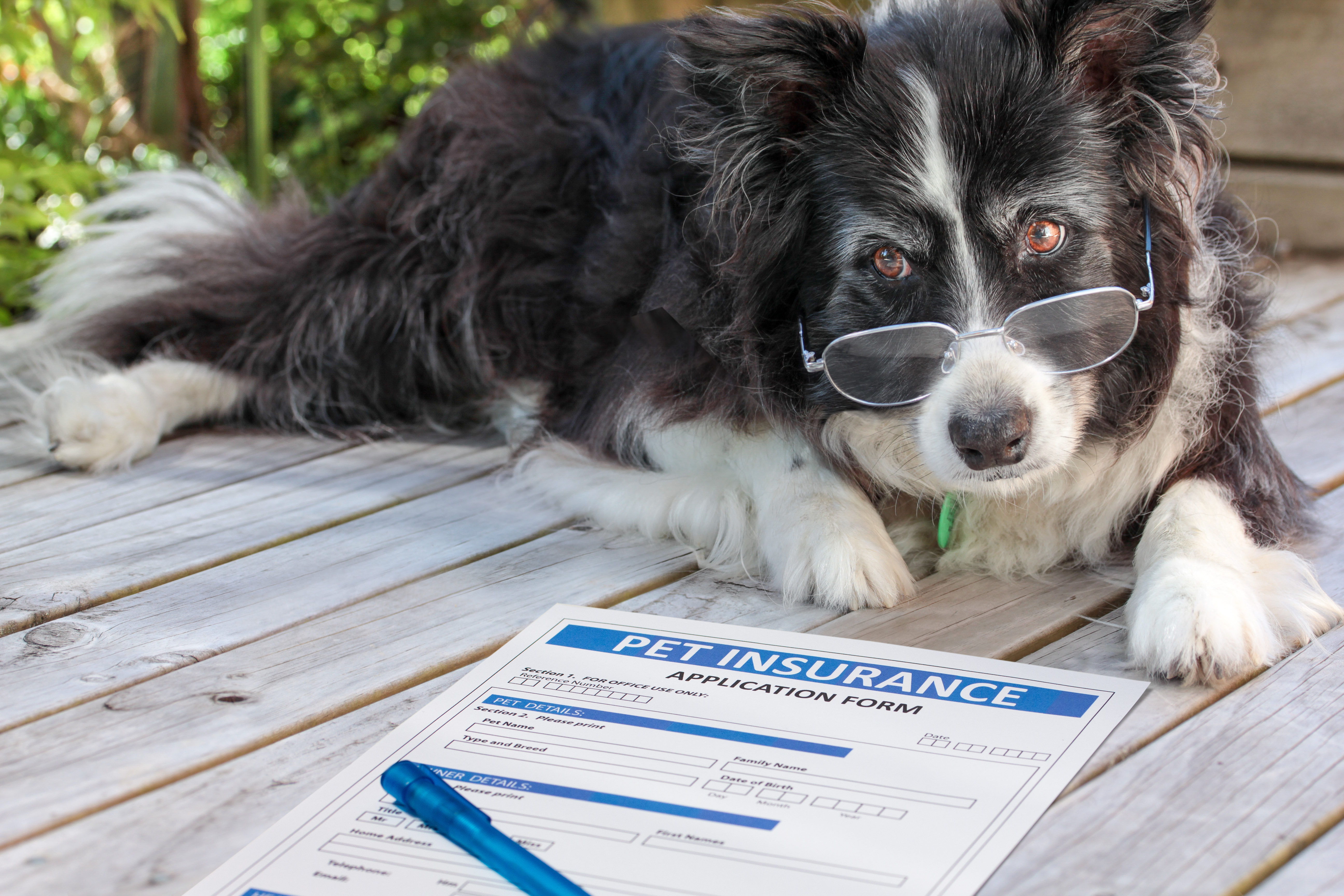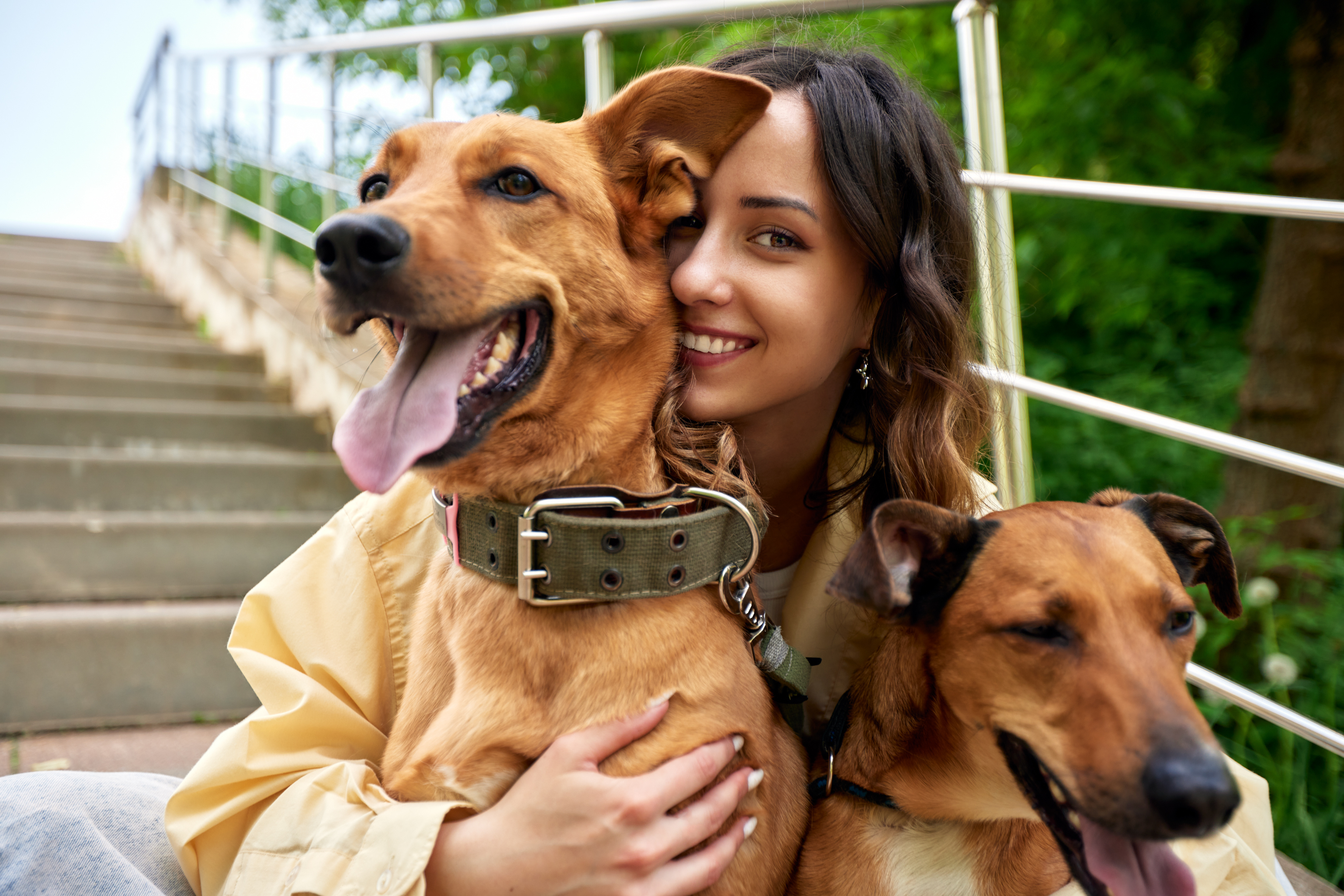Owning a pet brings immeasurable joy to our lives. However, it's crucial to consider the financial responsibilities that come along with pet ownership. Unexpected veterinary expenses can quickly add up, which is why many pet owners contemplate the benefits of pet insurance versus starting a savings account for emergencies. In this blog, we'll explore both options and help you make an informed decision that best suits your needs and your furry friend's well-being.
Pet Insurance: Peace of Mind & Comprehensive Coverage
Pet insurance has gained popularity in recent years due to its ability to provide peace of mind when it comes to unforeseen medical expenses. Here are some key advantages of investing in pet insurance:
- Financial Protection: Pet insurance helps alleviate the financial burden of unexpected veterinary bills. By paying a monthly premium, you can secure coverage for various medical treatments, including accidents, illnesses, surgeries, and medication.
- Comprehensive Coverage: Many pet insurance plans offer comprehensive coverage, including hospitalization, diagnostic tests, specialist consultations, and even alternative therapies like acupuncture or physical therapy. This can be particularly valuable for pets with chronic conditions or breeds prone to certain health issues.
- Budget-Friendly: Pet insurance allows you to spread the cost of veterinary care over time. Instead of worrying about a substantial, unexpected expense, you can pay a predictable monthly premium tailored to your budget.
- Preemptive Care: Some pet insurance policies cover routine preventive care, such as vaccinations, flea and tick prevention, and annual wellness exams. This ensures your pet receives necessary preventive treatments to maintain their overall health.
Starting a Savings Account: Flexibility & Control
Alternatively, setting up a savings account specifically designated for your pet's needs can be a wise financial decision. Let's explore the advantages of starting a savings account for your pet:
- Financial Control: By saving money for your pet's care, you maintain complete control over how funds are allocated and spent. You have the flexibility to use the money for not only veterinary expenses but also other pet-related needs like grooming, boarding, or specialized diets.
- No Premiums or Deductibles: Unlike pet insurance, a savings account doesn't involve monthly premiums or deductibles. Every dollar you save goes directly towards covering your pet's expenses, without additional costs or limitations.
- Non-Medical Expenses: While pet insurance mainly focuses on medical care, a savings account allows you to save for a broader range of expenses. This includes non-medical costs like training classes, pet supplies, or even pet-friendly vacations.
- Potential for Accumulating Interest: Depending on the type of savings account you choose, you may have the opportunity to earn interest on your savings. Over time, this can help grow your funds, providing an extra financial cushion.
Choosing the Right Option for You and Your Pet
When deciding between pet insurance and a savings account, consider the following factors:
- Your Pet's Health: Assess your pet's breed, age, and any pre-existing conditions. Some pets may be more prone to certain illnesses, making pet insurance an attractive choice. Younger pets with no significant health concerns may benefit from a savings account.
- Your Financial Situation: Evaluate your budget, considering both your monthly expenses and your ability to save. If you have a stable income and can comfortably afford insurance premiums, it may provide added peace of mind. Alternatively, if saving a specific amount each month is more feasible for you, a savings account may be the better option.
- Risk Tolerance: Consider how comfortable you are with assuming financial risk. Pet insurance transfers the risk of unexpected expenses to the insurance provider, while a savings account means you take on the responsibility. Assess your risk tolerance and choose the option that aligns with your comfort level.
- Coverage Needs: Carefully review the coverage offered by different pet insurance plans. Some may include more extensive coverage for specific conditions, so choose one that suits your pet's needs.
Both pet insurance and starting a savings account have their merits when it comes to safeguarding your pet's health and well-being. Your choice should ultimately align with your pet's specific needs, your financial situation, and your preferences regarding control and risk.
Remember that the most important thing is to prioritize your pet's health. Whether you opt for pet insurance or a savings account, taking proactive steps to ensure you can provide the best care for your furry friend is what truly matters.









